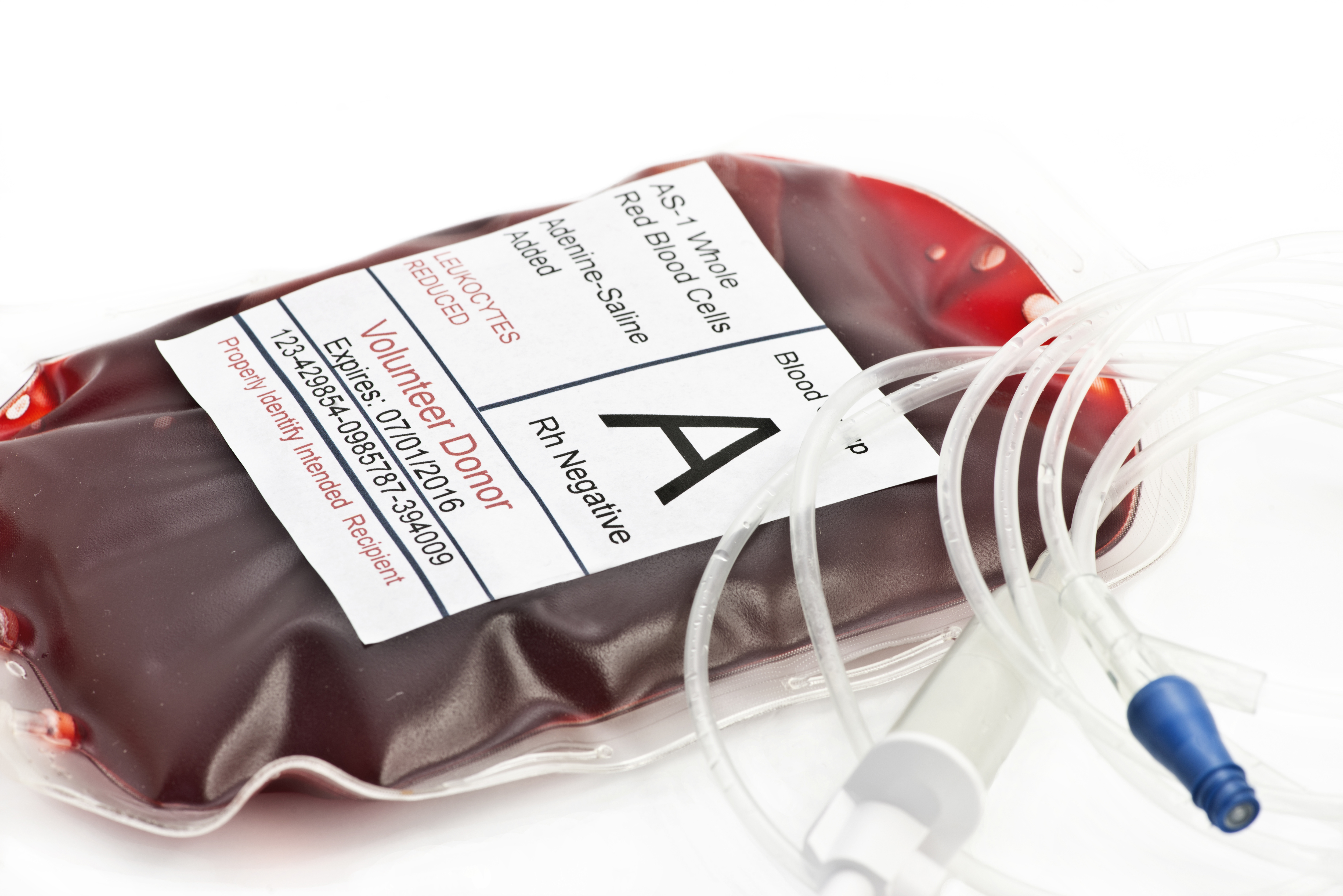Blood bank supplies in sub-Saharan Africa often contain malaria parasites
Research presented at the Multilateral Initiative on Malaria’s Pan African Malaria Conference showed that nearly one in four blood bank supplies in certain areas of sub-Saharan Africa are contaminated with malaria parasites.
According to Selali Fiamanya, research fellow at the Worldwide Antimalarial Resistance Network, and colleagues, transfusion-transmitted malaria (TTM) accounts for a large proportion of transfusion-transmitted infections worldwide and poses a risk to blood donation recipients, most of whom are young children who require transfusions for malaria-induced anemia and pregnant women who suffer from other comorbidities. TTM, they reported, threatens malaria elimination efforts; however, data on its prevalence are limited.
Fiamanya and colleagues performed a systematic review of published databases and clinical trials to estimate the current prevalence of Plasmodium among blood donors in sub-Saharan Africa, where 90% of infections are reported globally, according to WHO. Their analysis included 24 studies from 2000 to 2017, involving more than 22,500 participants.
Results from the meta-analysis showed that 23.26% (95% CI, 19.7%-27.2%) of blood donors carried malaria parasites. Malaria prevalence, however, varied by region, ranging from 6.5% to 74.1%.

“Our research is only the first line of inquiry needed to address this risk,” Fiamanya said in a press release. “Pregnant women and children receive the majority of transfusions in this region. The technical challenges of diagnosing and removing the Plasmodium parasites from the blood banks requires further analysis, but we know already that these findings threaten the next generation — our future.”
In another presentation, Claudia Daubenberger, DVM, and Tobias Schindler, MSc, of the clinical immunology unit in the department of medical parasitology and infection biology at Swiss Tropic and Public Health Institute, and colleagues found that commonly used rapid diagnostic tests (RDTs) and blood smear microscopy are not sensitive enough to detect the majority of blood supplies contaminated with malaria, highlighting the need for improved screening tools.

According to the researchers, quantitative PCR (qPCR) assays are more accurate than RDTs and blood smear microscopy. Unlike the other tests, qPCR assays can simultaneously detect multiple parasite species on the same blood sample; however, they are expensive and cannot be easily implemented in rural settings.
“qPCR assays require a reliable power supply and the reagents needed to run the assay are dependent on a functioning cold chain,” Daubenberger and Schindler told Infectious Disease News. “The equipment itself requires upfront investments of around $10,000 to $30,000. However, we expect the pricing of equipment and reagents to drop in the years to come, bringing this multipurpose technology into the reach of advanced hospital or research laboratories in sub-Saharan Africa.”
Daubenberger, Schindler and colleagues used qPCR to examine 200 blood samples collected from a blood bank in Equatorial Guinea to identify contaminated samples and determine how many would likely be missed by more common diagnostic methods.
Overall, 29.5% of samples contained malaria parasites, including P. falciparum (88.1%), P. malariae (15.3%) and P. ovale (3.4%). Of these, more than 89% contained less than 100 parasites per microliter of blood and, therefore, were not likely to be detected by RDTs and microscopy, according to the researchers.
“With better screening technology and practices in place, blood banks in sub-Saharan African can be well-placed to serve as a surveillance system, helping to monitor malaria and other transfusion-transmitted infectious diseases,” Daubenberger said in the release. “Our findings clearly reinforce WHO recommendations that all transfusion recipients receive preventive malarial treatments. This disease is a treatable and preventable burden that few patients needing blood transfusions can afford.”
References:
Fiamanya S, et al. A systematic review and meta-analysis of the risk of transfusion transmitted malaria from blood donors in sub-Saharan Africa. Presented at: Multilateral Initiative on Malaria Pan African Malaria Conference; April 15-20, 2018; Dakar, Senegal.
Schindler T, et al. Prevalence of malaria parasites at the Malabo Blood Bank on Bioko Island, Equatorial Guinea. Presented at: Multilateral Initiative on Malaria Pan African Malaria Conference; April 15-20, 2018; Dakar, Senegal.
Disclosures: The study conducted by Daubenberger, Schindler and colleagues was funded by the Atlantic Methanol Production Company, the Government of Equatorial Guinea, Marathon EG Production Limited and Noble Energy. Infectious Disease News was unable to confirm other relevant financial disclosures at the time of publication.
